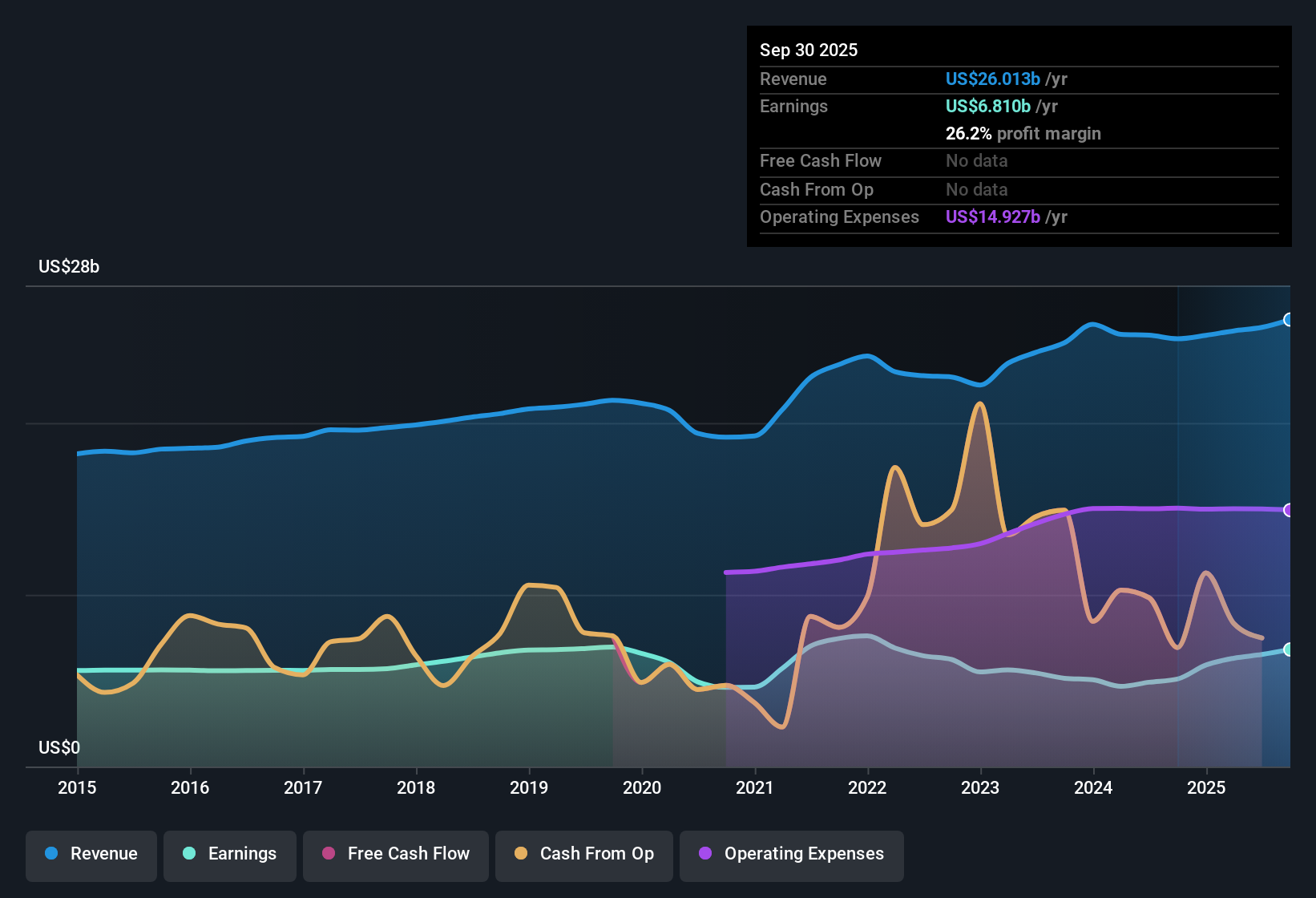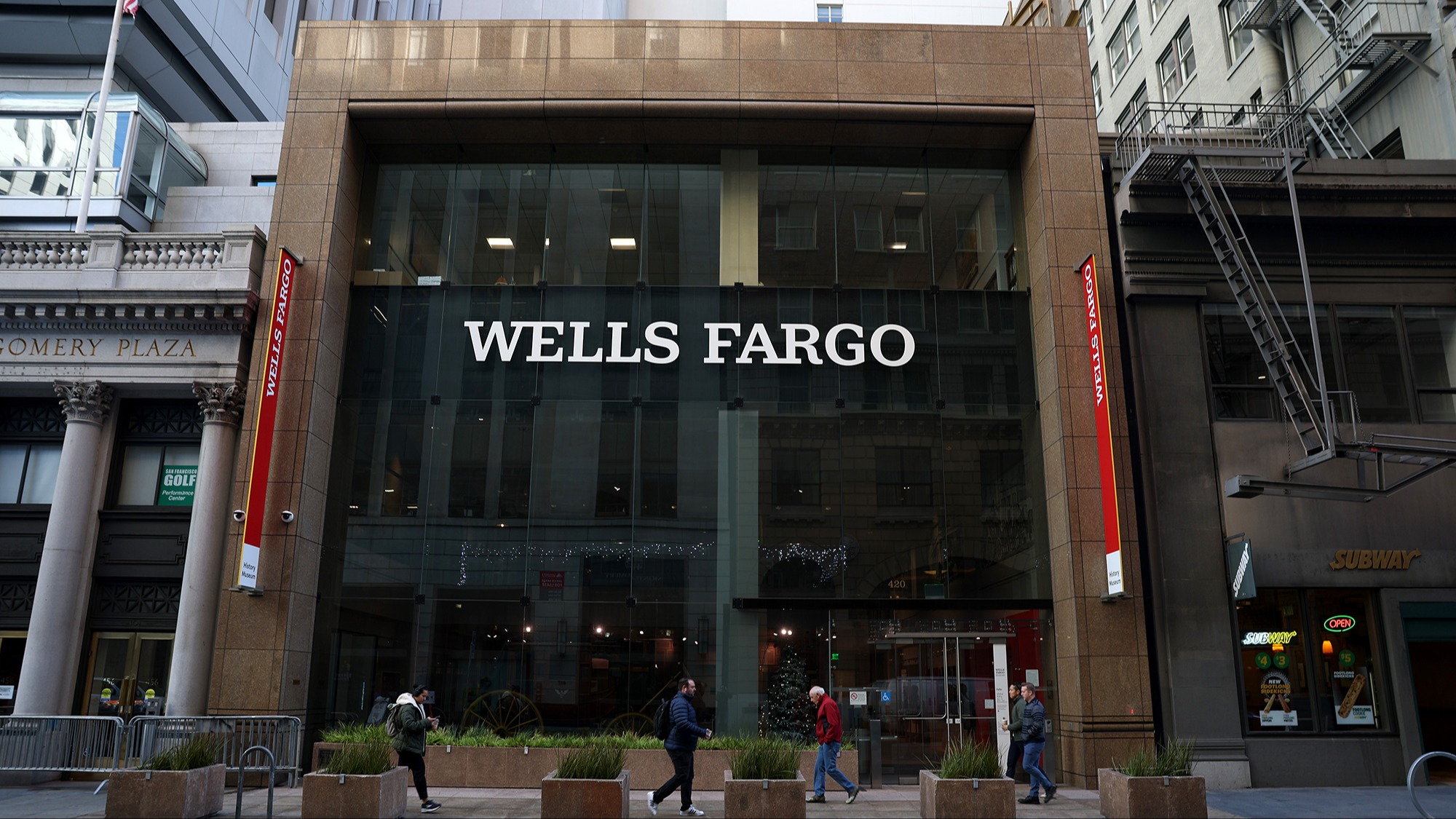Net Income: $1.2 billion for Q4 2024, $0.91 per share.
Annual GAAP Net Income: $4.5 billion, $30.36 per share.
Adjusted Net Income: $5 billion, $3.69 per share.
Adjusted Revenue: Finished at the high end of expectations for 2024.
Annual Expenses: Declined 40 basis points in 2024.
Adjusted Efficiency Ratio: 56.3% for 2024.
Average Deposit Balances: Increased 1.5% linked-quarter.
Average Loan Balances: Stable linked-quarter, with end-of-period loans growing over 1%.
Investment Banking and Trading Revenue: Increased 46% year-over-year.
Non-Performing Loans: Declined $38 million linked-quarter.
Net Charge Offs: Increased 4 basis points in Q4 2024.
CET1 Capital Ratio: 11.5% at year-end, up 140 basis points from 2023.
Shareholder Capital Return: $3.8 billion through dividends and $1 billion in share repurchases.
Average Consumer Loan Balances: Increased 1.2% linked-quarter.
Net New Checking Accounts: 104,000 new consumer and business accounts added in 2024.
Digital Account Openings: Over 730,000 new digital loan and deposit accounts in 2024.
Active Digital Users: Surpassed 7.1 million, with mobile app users growing 7% year-over-year.
Net Interest Margin: Decreased 5 basis points to 3.07% in Q4 2024.
Non-Interest Income: Decreased 0.9% linked-quarter.
Adjusted Non-Interest Expense: Increased 4% linked-quarter.
Office Portfolio: Down $235 million linked-quarter, with a reserve increase to 11.1%.
Q: Can you discuss the impact of the external rate environment on your net interest income (NII) trajectory and how it might change with different rate cuts? A: Michael Maguire, CFO, explained that after a slight decline in the first quarter due to day count, they expect positive NII trends driven by modest loan and deposit growth and deposit beta stabilization. The current outlook includes two rate cuts in March and September. If cuts are delayed or fewer, it could be a slight headwind, but manageable within their guidance. Conversely, earlier or more cuts could be beneficial. The shape of the yield curve is also a factor they are monitoring.
Q: What growth opportunities do you see in New Jersey, Pennsylvania, and Texas, and could these markets be attractive for bank M&A? A: William Rogers, CEO, noted that these are existing markets where Truist has been for over a decade. They are investing in these areas, adding about 25 new bankers, and seeing significant production and fee income growth. While they plan to continue expanding, the focus is on organic growth rather than M&A, leveraging existing momentum and strong teams.
Q: How are you managing expenses to achieve the projected 1.5% growth despite strong capital markets and comp payout ratios? A: Michael Maguire, CFO, stated that the decline in first-quarter expenses is due to elevated professional fees and other expenses in the fourth quarter. For the full year, they expect expenses to grow by 1.5%, capturing baseline outlooks. They are investing in talent and products while maintaining efficiency, ensuring positive operating leverage.
Q: What are your targeted capital levels over time, and are there opportunities to adjust preferred stock? A: Michael Maguire, CFO, mentioned a longer-term CET1 target around 10%, considering potential regulatory changes. Currently, they are at 11.5%, or 9.6% adjusted for AOCI. They have been managing liabilities, including preferred stock, to capture benefits where possible.
Q: How do you view the competitive dynamics in your markets, especially with other banks entering your territories? A: William Rogers, CEO, noted that Truist operates in highly competitive markets, which is advantageous as they grow faster. He believes Truist is well-positioned with a strong value proposition and sees no unreasonable competition or pricing. The focus is on leveraging their capabilities to win against competitors.
For the complete transcript of the earnings call, please refer to the full earnings call transcript.
This article first appeared on GuruFocus.
Source: finance.yahoo.com







